Formal clothing is an essential part of our wardrobe, especially when it comes to professional settings, special events, and other important occasions.
Every detail contributes to a polished appearance, from the right outfit to well-groomed hair. Just as a well-chosen suit or dress enhances your overall look, styling options—such as those offered by a human hair extensions manufacturer—can complement formal wear effortlessly.
The right combination of clothing and styling can help you feel confident and make a lasting impression. This can boost your confidence in high-stakes situations.
In this article, we’ll explore the various types of formal clothing and provide guidance on how to dress appropriately for any formal event.
Table of Contents
Categories of Formal Clothing
When it comes to formal wear, there are several categories to consider, each with its own specific dress code and requirements.
Understanding these categories is crucial for selecting the appropriate attire and ensuring that you’re dressed suitably for the occasion. Let’s take a closer look at the main types of formal clothing.
Business Formal Attire
- Business formal attire is typically worn in corporate meetings, boardroom settings, and other professional environments
- For men, key pieces include suits, ties, formal shirts, and leather shoes
- Women’s business formal attire consists of tailored suits, pencil skirts, blouses, and formal heels
- Stick to neutral colors like black, navy, and gray for a polished and professional look

Black Tie Attire
- Black tie attire is reserved for formal events such as weddings, galas, and prestigious dinners
- Men should wear a tuxedo, bow tie, and patent leather shoes for a classic and sophisticated appearance
- Women can opt for an elegant evening gown, paired with formal jewelry and stiletto heels
Remember, black tie events call for a high level of formality, so ensure your outfit is impeccable

White Tie Attire
- White tie is the most formal dress code, often seen at state dinners, royal banquets, and other high-profile events
- For men, the key pieces include a tailcoat, white bow tie, waistcoat, and formal gloves
- Women should wear a full-length evening dress, opera gloves, and in some cases, even a tiara
Attention to detail is crucial when it comes to white tie attire, as even the slightest misstep can be noticeable.

Cocktail Attire
- Cocktail attire is a semi-formal option, perfect for evening parties or business events
- Men can wear a dark suit, dress shirt, and stylish tie for a dapper look
- Women’s cocktail attire typically includes a knee-length dress, elegant accessories, and stylish heels
While not as formal as black tie, cocktail attire still requires a polished and put-together appearance

Smart Casual Formal Wear
- Smart casual formal wear is a blend of business casual and formal attire, ideal for more relaxed office settings or semi-formal gatherings
- For men, key pieces include blazers, dress trousers, and loafers
- Women can opt for blouses, skirts or tailored pants, and low heels
The key to mastering smart casual is finding the perfect balance between comfort and sophistication

What Are the Essential Formal Accessories?
Men’s essential formal accessories
- Watches: A classic timepiece adds a touch of refinement to any formal outfit
- Cufflinks: These small but significant details can elevate your shirt and suit game
- Ties: A well-chosen tie can bring your entire look together
- Pocket squares: A subtle pop of color or pattern in your breast pocket can make a big impact

Women’s essential formal accessories
- Handbags: A sleek clutch or elegant purse is a must-have for formal events
- Jewelry: Statement pieces or delicate accents can complement your formal attire
- Scarves: A silk scarf can add a touch of sophistication to your ensemble
- Formal belts: A belt that matches your shoes can pull your look together seamlessly

What Fabrics and Materials Are Best for Formal Wear?
- Wool: A timeless and durable choice for suits and dresses, wool offers both style and comfort
- Silk: This luxurious fabric is perfect for ties, pocket squares, and evening gowns, adding a touch of elegance
- Satin: With its smooth and glossy finish, satin is a popular choice for formal dresses and accessories
- Cotton: High-quality cotton is breathable and comfortable, making it a great option for dress shirts and blouses
- Velvet: This plush fabric can add depth and texture to formal outfits, particularly for evening wear
How to Maintain and Care for Formal Clothing?
- Dry cleaning: Most formal garments require professional dry cleaning to maintain their appearance and longevity.
- Proper storage: Store your formal clothing in a cool, dry place, using garment bags or breathable covers to protect them from dust and moisture.
- Hang properly: Use quality hangers to maintain the shape of your formal clothing and prevent stretching or creasing.
- Spot-clean: Address any stains or spills immediately, using a gentle cleaning solution and a soft cloth.
- Rotate your wardrobe: Avoid wearing the same formal pieces too frequently to minimize wear and tear.
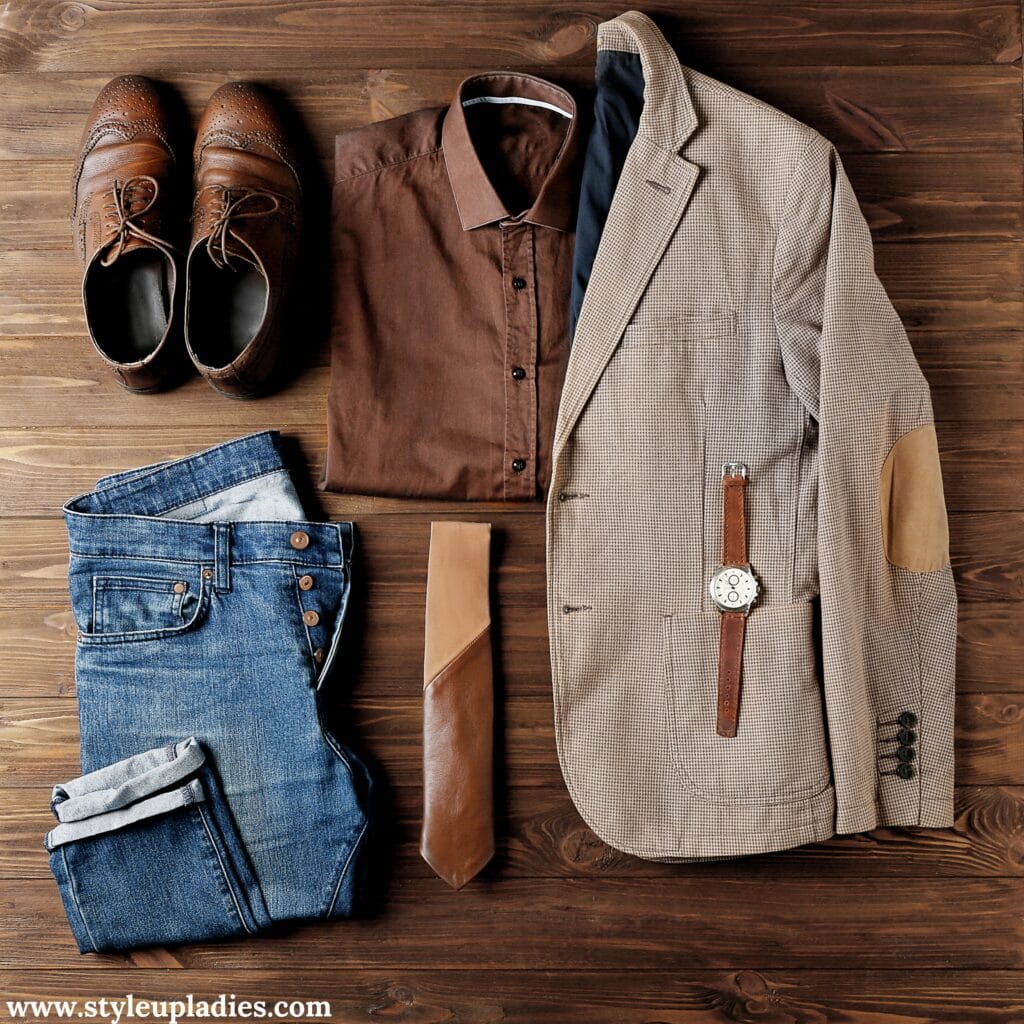
How to Choose the Right Formal Wear for Your Body Type?
Selecting formal clothing that flatters your body type is essential for looking and feeling your best at any event. Here are some tips to keep in mind:
- For those with a larger frame, opt for well-fitted, structured pieces that create a streamlined silhouette.
- If you have a petite figure, choose clothing with vertical lines and avoid oversized or baggy items that can overwhelm your frame.
- Those with an hourglass shape can embrace their curves with fitted dresses or tailored suits that cinch at the waist.
- If you have a rectangular body type, look for clothing that creates the illusion of curves, such as A-line dresses or jackets with defined waists.
Remember, confidence is key – choose formal wear that makes you feel comfortable and self-assured
Also, Read about How To Dress For Your Body Type?
How to Accessorize Formal Outfits?
Accessories can take your formal outfit from simple to stunning. Here are some tips for accessorizing your formal wear:
- Less is more: When it comes to formal events, opt for understated, classic accessories that complement your outfit without overwhelming it.
- Coordinate colors: Choose accessories that match or complement the colors in your formal attire for a cohesive look.
- Invest in quality pieces: High-quality accessories, such as a leather watch or a pearl necklace, can elevate any formal outfit and last for years to come.
- Experiment with textures: Incorporate different textures, like a silk pocket square or a velvet clutch, to add depth and interest to your formal ensemble.
- Don’t forget the details: Small touches, like a unique tie clip or a pair of statement earrings, can make a big impact on your overall look.
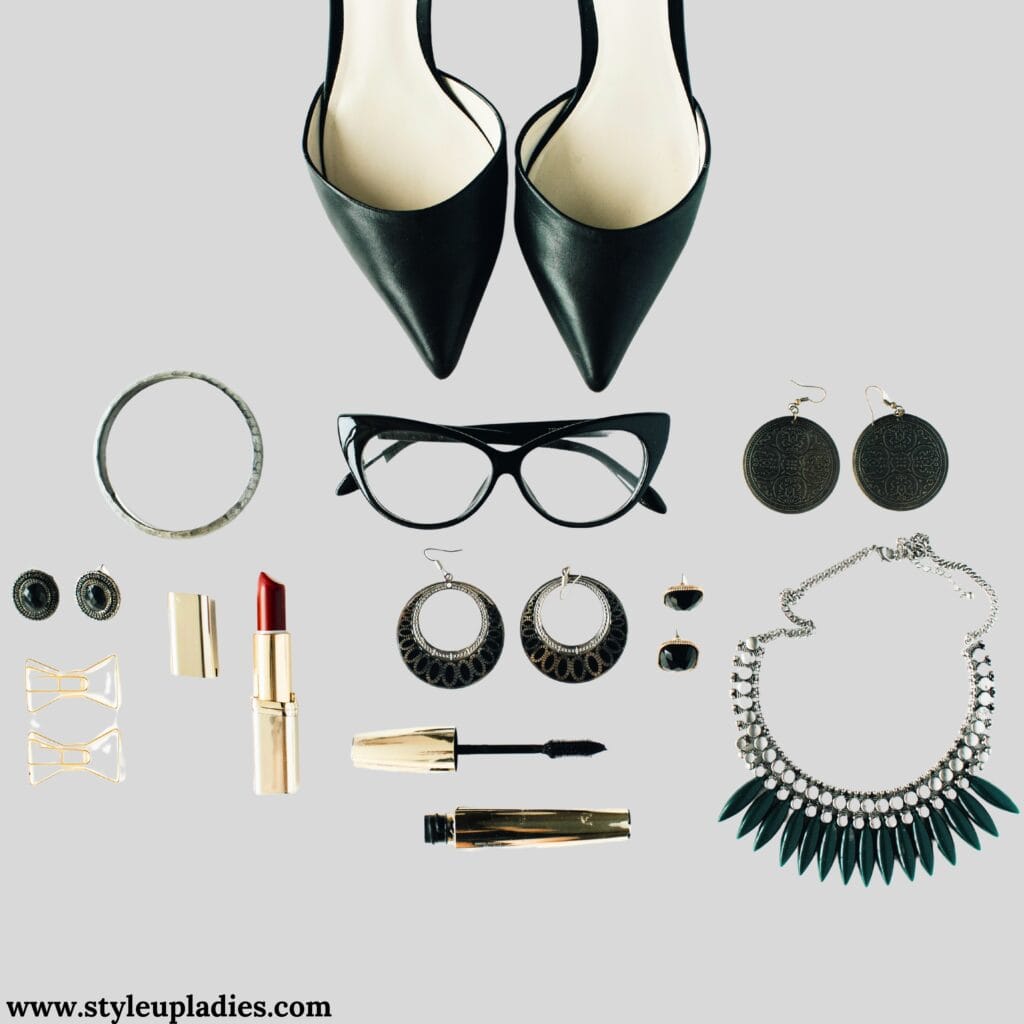
Formal Wear Etiquette Tips
Dressing formally is not just about the clothes you wear; it’s also about how you carry yourself and interact with others. Keep these etiquette tips in mind when attending formal events:
- Arrive on time: Punctuality is crucial for formal occasions, so plan to arrive a few minutes early.
- Greet others appropriately: Use formal titles (e.g., Mr., Mrs., or Dr.) when introducing yourself or being introduced to others.
- Mind your manners: Use proper table manners, hold doors open for others, and be courteous and respectful to all attendees.
- Watch your body language: Stand up straight, make eye contact, and offer a firm handshake when meeting someone new.
- Be gracious: Thank the host or organizer of the event before leaving, and follow up with a handwritten thank-you note if appropriate.
Conclusion
Formal clothing is a vital aspect of our wardrobes, allowing us to present ourselves in a polished and sophisticated manner for various occasions. By understanding the different categories of formal wear and the appropriate accessories, fabrics, and care methods, you can ensure that you always look your best.
Remember to consider your body type when selecting formal clothing and don’t be afraid to experiment with different styles to find what works best for you.
With these tips in mind, you’ll be ready to tackle any formal event with confidence and grace.
FAQs
What are the types of formal clothing for men and women?
Men’s formal wear includes suits, tuxedos, dress shirts, and dress shoes.
Women’s formal wear includes evening gowns, cocktail dresses, tailored suits, and formal heels.
Is there a difference between business formal and black-tie attire?
Yes, business formal is typically worn in professional settings and consists of suits and ties for men and tailored suits or dresses for women.
Black-tie attire is more formal and is reserved for events such as weddings and galas, with men wearing tuxedos and women wearing evening gowns.
Can you wear smart casual to a formal event?
It depends on the specific dress code of the event.
Smart casual is a blend of business casual and formal wear, so it may be appropriate for some semi-formal events.
However, it’s always best to err on the side of caution and dress more formally if you’re unsure.
How to style formal clothing for different seasons?
In the summer, opt for lightweight fabrics like linen or cotton and lighter colors to stay cool and comfortable.
For winter formal events, choose heavier fabrics like wool and darker, richer colors.
Layering is key for transitional seasons – a coat or wrap can keep you warm while still looking elegant.
Can you wear the same formal outfit to multiple events?
It’s generally acceptable to wear the same formal outfit to different events, as long as they aren’t attended by the same people.
However, if you’re attending multiple events with the same crowd, it’s best to switch up your look to avoid appearing repetitive.
Consider investing in a few key formal pieces that can be mixed and matched to create different outfits.
How can you make formal wear more comfortable?
Choose well-fitted clothing that allows for ease of movement and isn’t too tight or restrictive.
Opt for breathable, natural fabrics like cotton or linen blends, especially for warmer weather events
Break in new shoes before the event to avoid blisters and discomfort.
Consider adding discreet comfort features, such as gel insoles for shoes or a slip short under a dress to prevent chafing.
Remember, feeling comfortable in your clothing can boost your confidence and help you enjoy the event more fully.
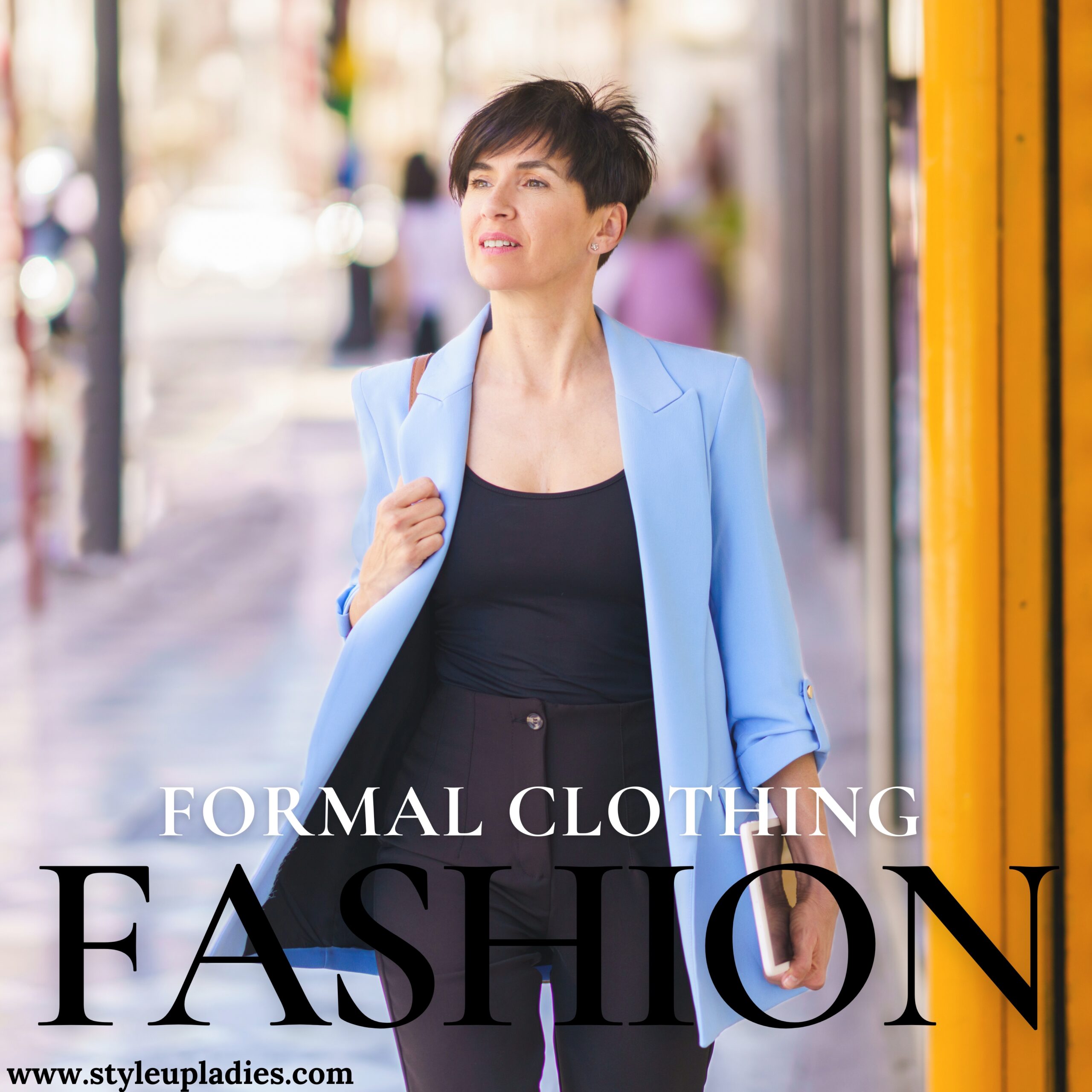
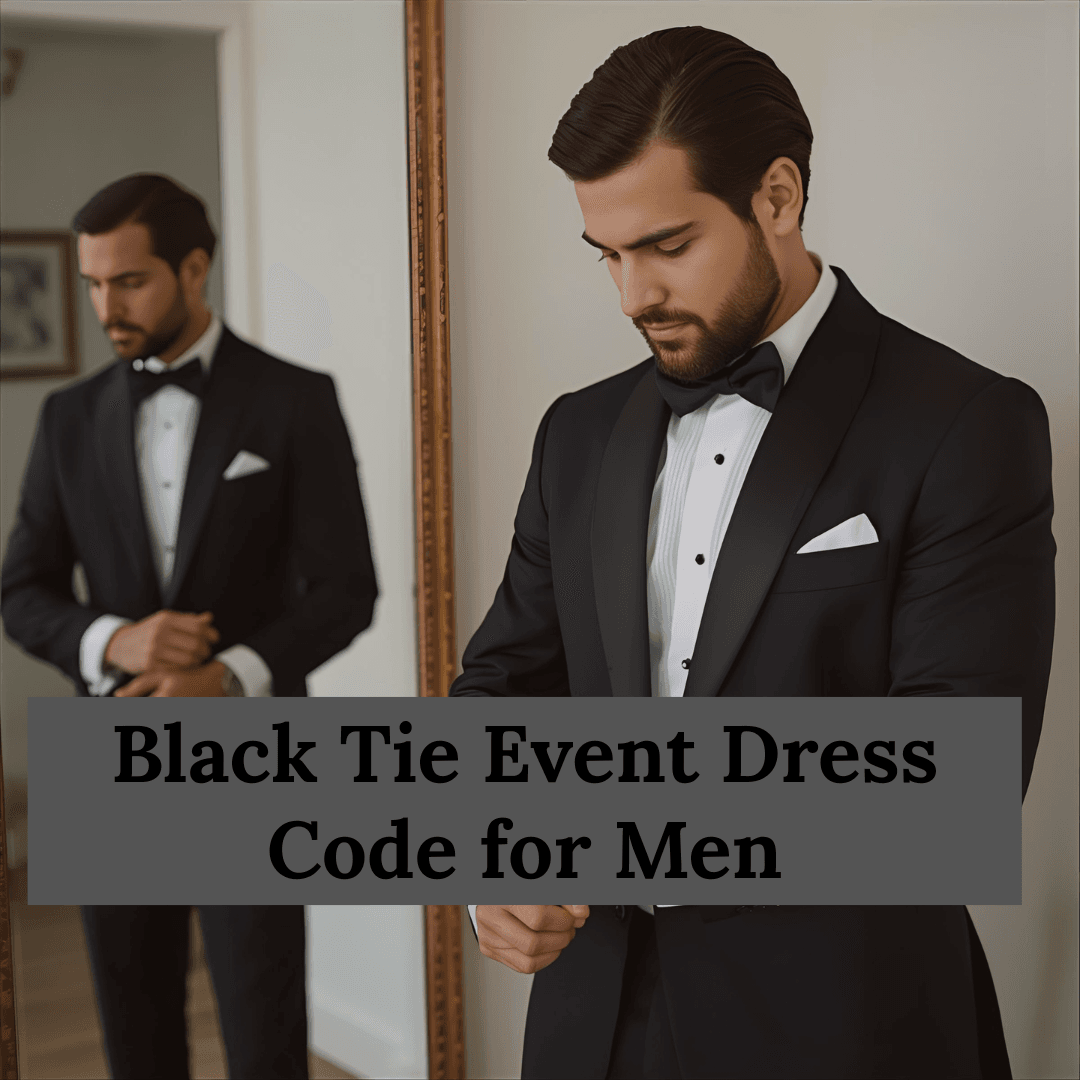
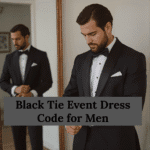
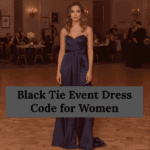
Leave a Reply